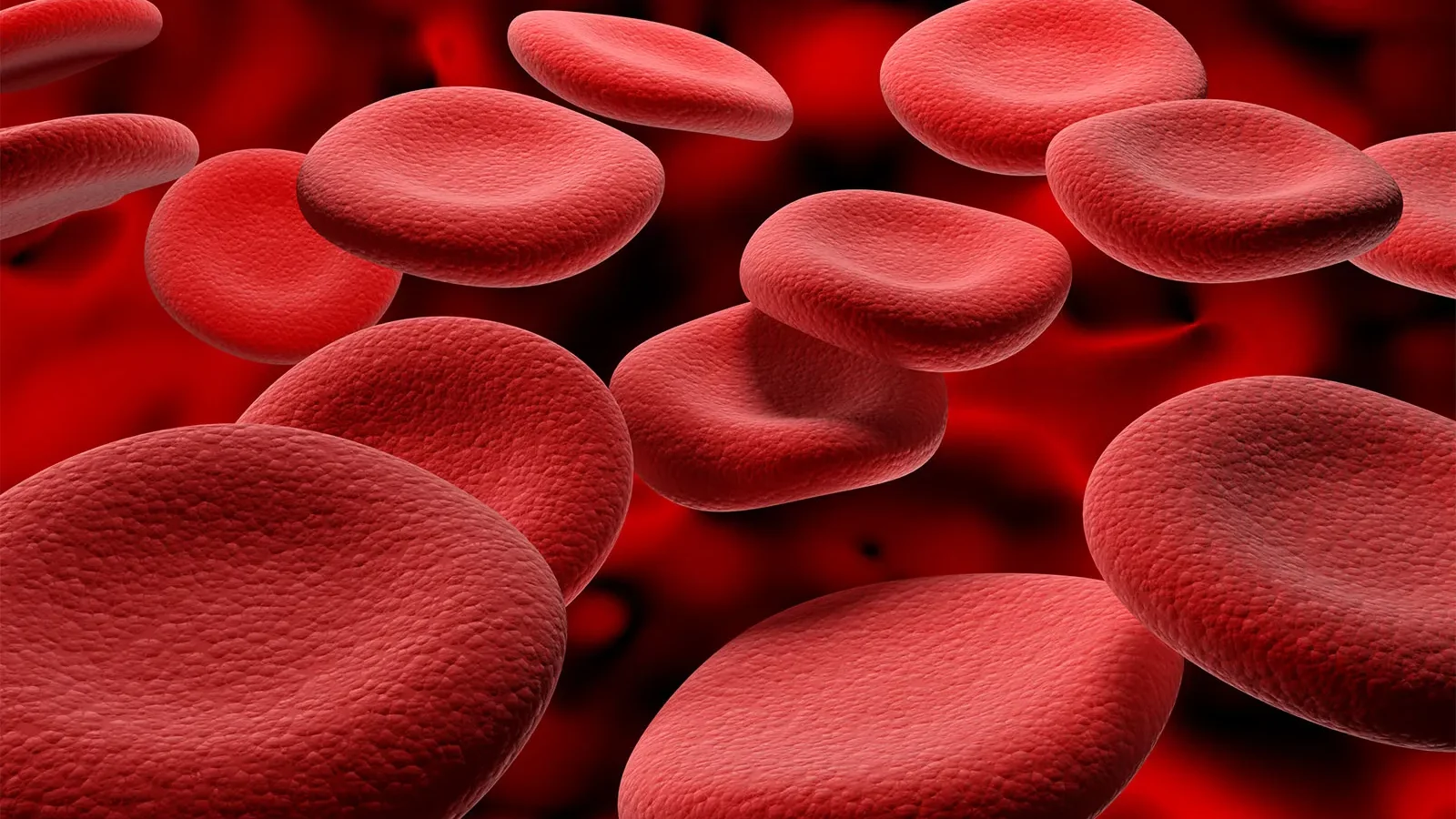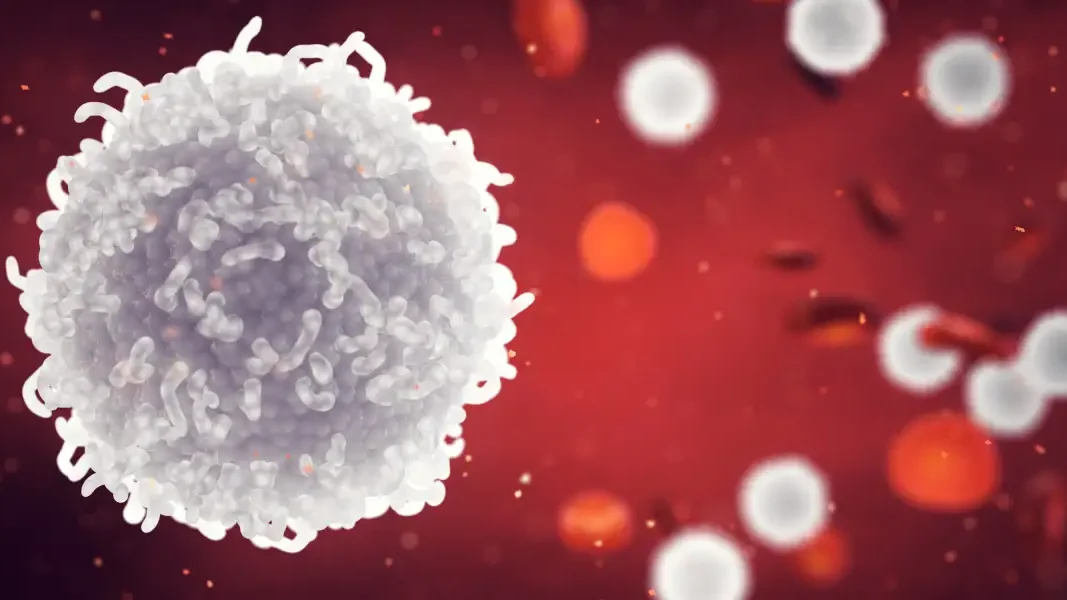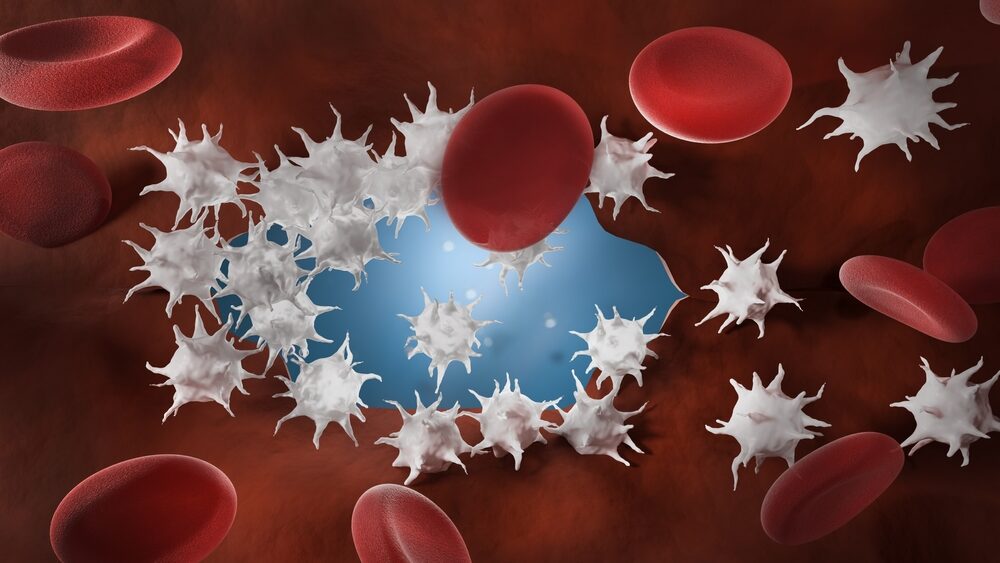Blood is a special type of connective tissue. It is made up of plasma and formed elements. It has PH level of is 7.4 which is slightly alkaline.
1. Plasma in blood
90-92% of the plasma is water and proteins nearly 6-8% present in blood. Nearly 55% of the plasma is present in blood. It is straw colour viscous fluid. Fibrinogen, prothrombin, globulins and albumins are major protein which is present in it. Fibrinogen and prothrombin is useful for clotting which is present in inactive form. Plasma also contain small amount of sodium, calcium , magnesium, chlorine etc
2. Formed elements in blood
45% of the blood is made up of formed elements which are Erythrocytes(RBC), Leucocytes(WBC) and Platelets
RBCs
A healthy adult man has, on an average 5.5 million of RBC per millimetre cube of blood. RBCs are form in red bone marrow in adults. RBC don’t have nucleus. Shape of RBC is biconcave in most of the mammals. RBCs contain ion containing complex protein called Haemoglobin, beause of haemoglobin the Colour of RBC is red. A healthy human has 12-16 grams of haemoglobin in every 100ml of blood. Haemoglobin plays important role in transport of respiratory gases.

RBCs have average lifespan of 120 days. The graveyard of RBCs is spleen. The other name of RBCs are Erythrocytes. RBC commonly found in all the cells.
WBCs
WBC is also known as leucocytes. They are colourless because of absence of haemoglobin. On an average 6000-8000 of WBC are present per millimetre cube of blood. WBCs have short lifespan compare to RBCs. There are two types of WBC which are Granulocytes and agranulocytes.

The examples of granulocytes are Neutrophils, Eosinophils and Basophiles. The examples of agranulocytes are lymphocytes and monocytes. Neutrophils are the most common cells WBCs. Basophils are the least common cells in WBCs and involve in inflammatory reactions in the body. Basophils secrete histamine, serotonin, heparin etc. eosinophils resist infections in the body. Lymphocytes have two major types which are B and T lymphocytes.
Platelets
Normally 1.5-3.5 lakh platelets per millimetre cube present in blood. Platelets are the fragments of the cells form from megakaryocytes. It releases many substances most of which are involve in clotting/coagulation.

The reduction in the number of platelets can cause clotting disorder which can lead to serious health problems.
MORE TOPICS
- How many types of tissues are present in human body ? Click here
- Science behind breathing? Click here
- Types of glands present in human body ? Click here
- Best exercies to strengthen your back muscles ? Click here
